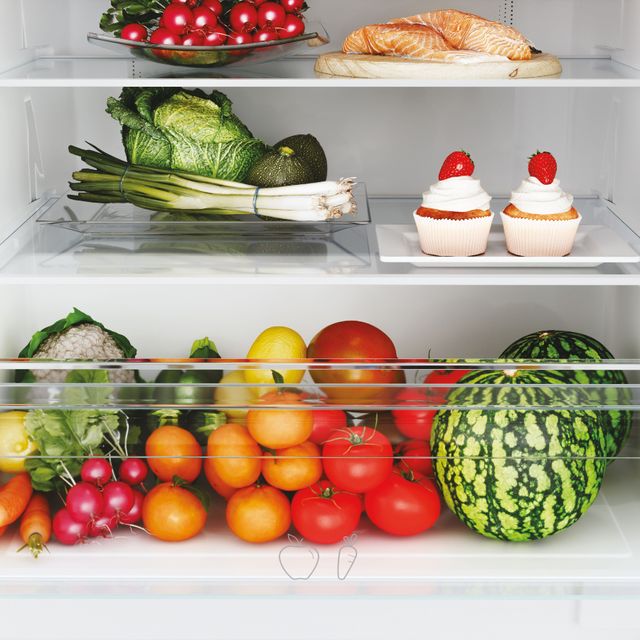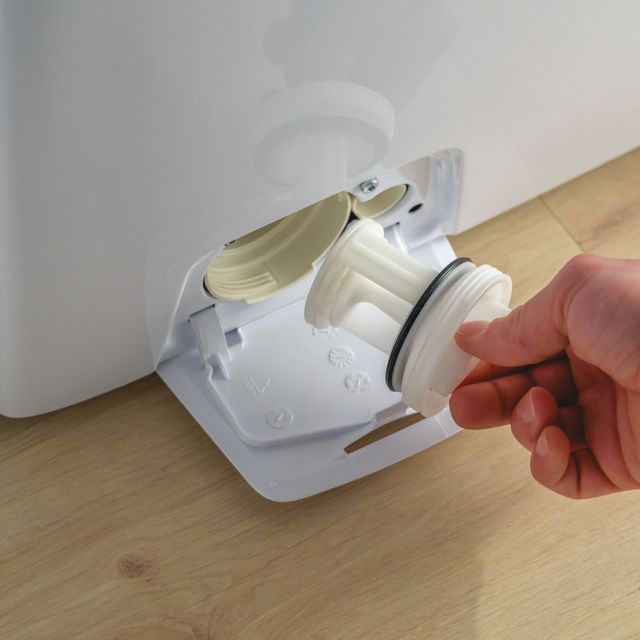The microwave oven is a domestic appliance that can make life in the kitchen much easier. Practical and versatile, appreciated for their ability to thaw and heat food very quickly, microwaves can also be used to prepare tasty recipes quickly. Their great potential is often unknown: not everyone is aware, for instance, that they can also be used to dry herbs and mushrooms, roast dried fruit and sterilise containers and baby’s bottles, as well as steam food.
Steaming in a microwave has many benefits for well-being and weight, as it preserves the water in the food, maintaining the nutritional properties, vitamins and mineral salts it contains.
Dishes will require fewer condiments such as oil, butter and sauces because steaming does not dry out the food but rather keeps it fleshy and succulent: you can therefore enjoy flavoursome dishes that contain fewer calories.
You also get these benefits from steaming in traditional ways, in a basket or electric steamer, but the microwave cooks the food much more quickly. Let's look in more detail at how to steam vegetables, rice, meat, fish and much more using a microwave.
Containers for steaming in a microwave
The first step to steaming in a microwave safely is to have a suitable container. If the oven does not come with one, you will need to buy one of the various microwave steamers available: these are special plastic containers made up of a bowl with steamer basket and lid. Just add two or three glasses of water in the bottom and you are ready to cook the food.
Steaming in a microwave: methods and recipes
Steaming in a microwave lets you prepare many healthy, tasty recipes very quickly and cleanly. This method is particularly suited to vegetables of all kinds. For courgettes, broccoli, carrots, asparagus, beans, peas or Brussels sprouts, just set the microwave power at around 500 Watt and wait 2 to 8 minutes approximately to enjoy a plate of light, tasty vegetables. Rice also lends itself well to being steamed in a microwave as there is no need to wait for the water to boil or to dirty any pans.
The first step for cooking rice in a microwave is to rinse the grains, to remove the starch from the surface and prevent it sticking while it is cooking. It is then useful to soak the rice for a bit so that the grains start to be rehydrated.
Put the rice in the microwave container (possibly with lid) and add water and salt. Set the power to 700 Watt and set the cooking time, bearing in mind that the ratio between rice and water is 1:2 and that 100 grams of rice will take around 8 minutes, adjusting the time in proportion to the quantity.
With a bit of imagination, you can use a microwave to steam meat and fish, producing chicken, beef, pork, sea bass, brill or cod dishes flavoured in many different ways.
Give an aromatic note or additional taste to the food by adding a pinch of spices or herbs to the cooking water.





